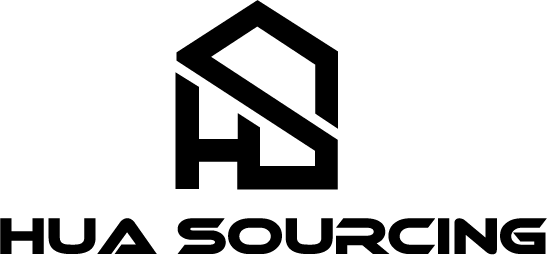The vibrant world of international trade offers a plethora of opportunities for savvy entrepreneurs. At the heart of this landscape lies the import/export industry, a crucial link connecting producers and consumers across borders. If you’re contemplating venturing into this sector, understanding the various business models within the import/export landscape is paramount. This article delves into three central business models: the Export Management Company (EMC), Export Trading Company (ETC), and the Import/Export Merchant.
Export Management Company (EMC)
An Export Management Company serves as an intermediary between domestic manufacturers and foreign buyers. EMCs handle virtually every facet of exporting, enabling manufacturers to focus on their core operations. From identifying interested buyers and handling logistics to dealing with documentation and complying with regulations, EMCs provide comprehensive export services.
The EMC model is particularly appealing to manufacturers lacking international marketing experience or resources. By collaborating with an EMC, they can swiftly expand into foreign markets without the need to build an in-house export department.
Export Trading Company (ETC)
While similar to EMCs in several ways, Export Trading Companies distinguish themselves through their active role in the buying process. An ETC identifies what foreign buyers want, then sources these products from domestic manufacturers. ETCs often specialize in a specific industry or product line, leveraging their expertise to offer superior service.
The ETC model is a good fit for entrepreneurs with an excellent understanding of a specific market and a knack for identifying high-potential products. Their role as a buyer makes the ETC model somewhat riskier than the EMC model, as ETCs typically purchase goods before finding a foreign buyer.
Import/Export Merchant
An Import/Export Merchant is an independent agent who purchases goods directly from a domestic or foreign manufacturer and then packages, ships, and resells the products under its own name. This business model involves a higher level of risk as the merchant buys and holds inventory, but it also offers higher potential returns.
This model is perfect for entrepreneurs who have a deep understanding of a certain product line and its international market. Import/Export Merchants must be adept at identifying trend-worthy products, negotiating with manufacturers and buyers, and managing logistics.
Conclusion
Choosing the right business model for your import/export venture depends on various factors, including your market knowledge, risk tolerance, and resources. Each model—be it an EMC, ETC, or Import/Export Merchant—has its unique advantages and potential challenges. As such, prospective entrepreneurs should carefully evaluate each before embarking on their international trade journey.
Whether you’re facilitating trade as an intermediary or taking on the risk and reward of being a merchant, the import/export industry promises exciting opportunities. In the world of international trade, understanding your business model is the first step towards achieving commercial success.







